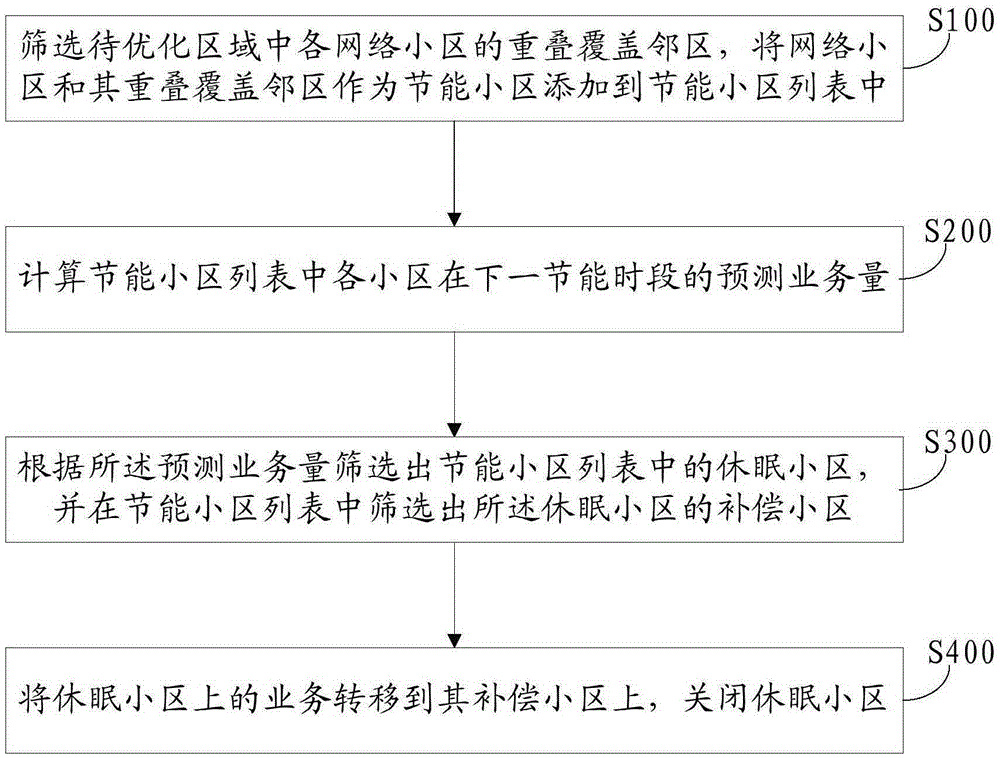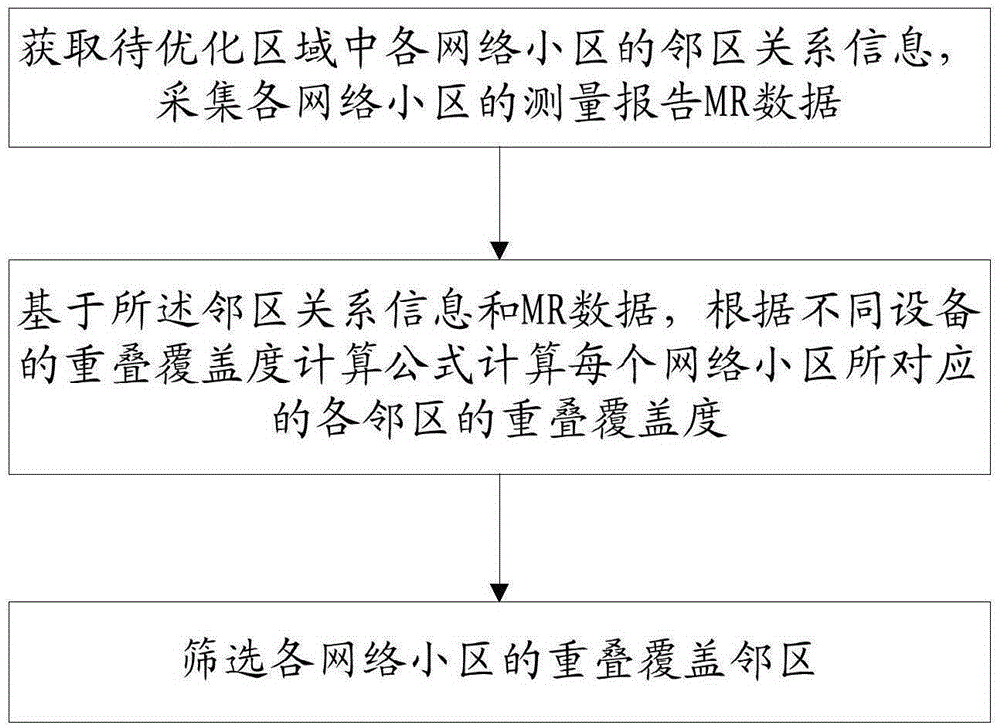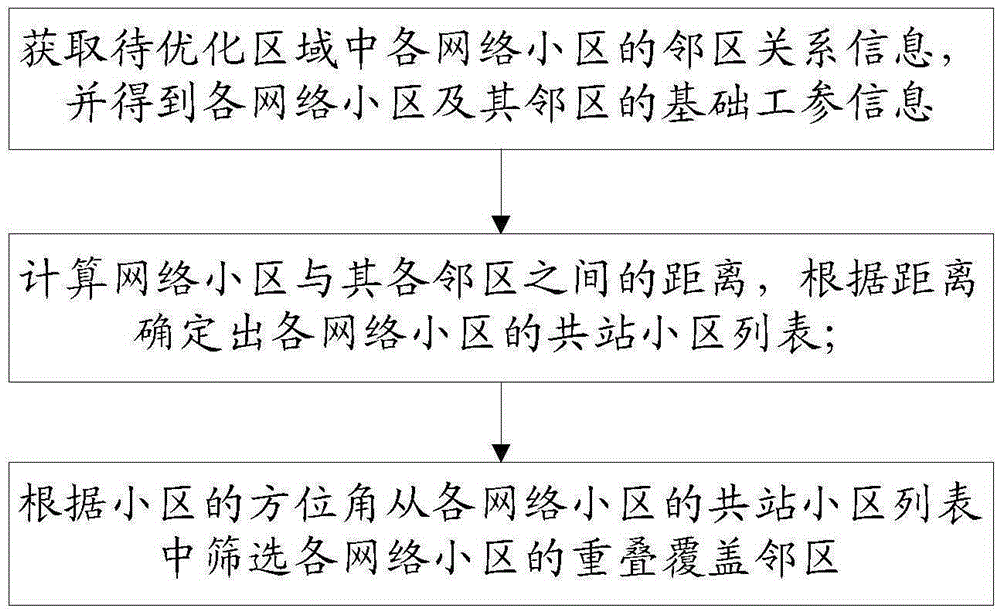Multi-network cooperative network optimization and energy saving method and system
A network optimization and to-be-optimized technology, applied in the field of mobile communications, can solve problems such as inability to meet optimization and energy-saving needs, uneven ability levels of optimization personnel, and poor network resource optimization and energy-saving optimization effects. The effect of control, optimization and energy saving is obvious, and the effect of optimizing network resource utilization
- Summary
- Abstract
- Description
- Claims
- Application Information
AI Technical Summary
Problems solved by technology
Method used
Image
Examples
Embodiment
[0112] The specific process of the multi-network collaborative network optimization method provided in this embodiment is as follows:
[0113] Step 1: Screen the list of energy-saving cells, including the following steps:
[0114] S1: For the area to be optimized, obtain the relationship information of each 2 / 3 / 4G network adjacent area, and collect the MR data of each 2 / 3 / 4G network standard and various devices on a monthly basis.
[0115] S2: According to the collected MR data and the overlapping coverage calculation formula of different devices, calculate the overlapping coverage of each network cell corresponding to different neighboring cells of 2 / 3 / 4G network standards.
[0116] S3: According to the calculation result of the overlapping coverage of each network cell, screen out the overlapping coverage neighboring cells of each network cell (two conditions for overlapping coverage neighboring cells), and take the network cell and its overlapping coverage neighboring cells...
PUM
 Login to View More
Login to View More Abstract
Description
Claims
Application Information
 Login to View More
Login to View More - R&D
- Intellectual Property
- Life Sciences
- Materials
- Tech Scout
- Unparalleled Data Quality
- Higher Quality Content
- 60% Fewer Hallucinations
Browse by: Latest US Patents, China's latest patents, Technical Efficacy Thesaurus, Application Domain, Technology Topic, Popular Technical Reports.
© 2025 PatSnap. All rights reserved.Legal|Privacy policy|Modern Slavery Act Transparency Statement|Sitemap|About US| Contact US: help@patsnap.com



